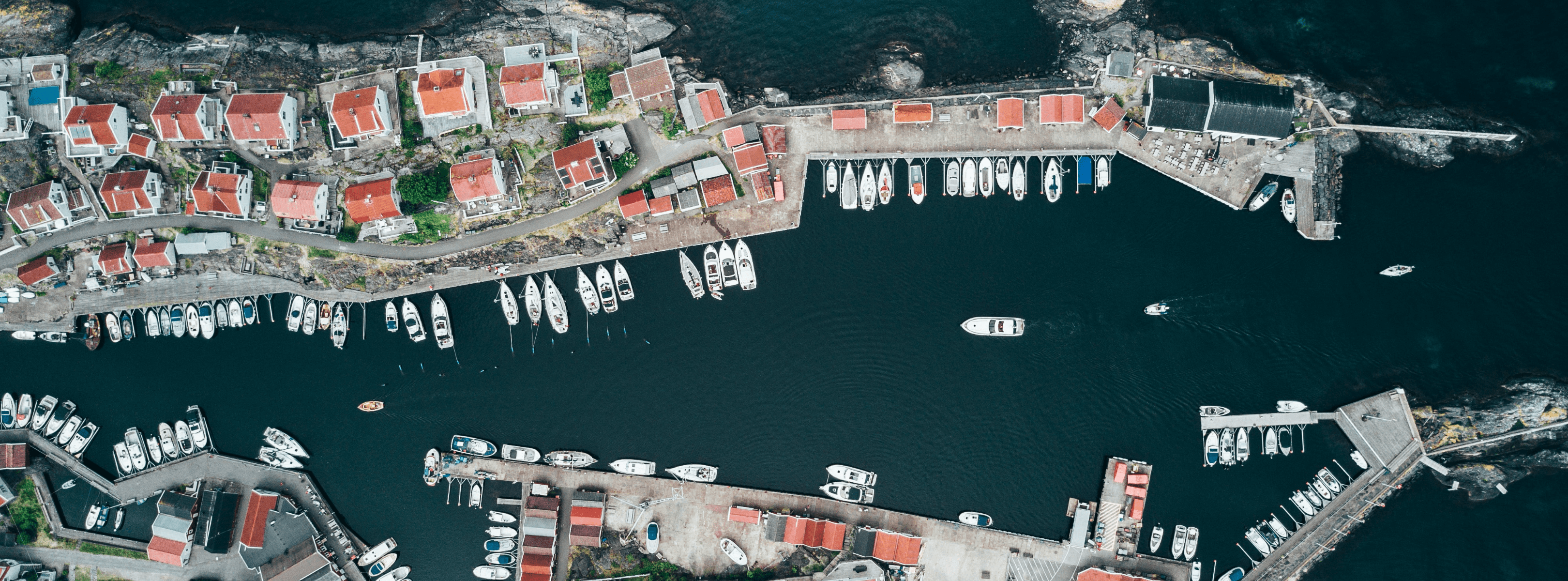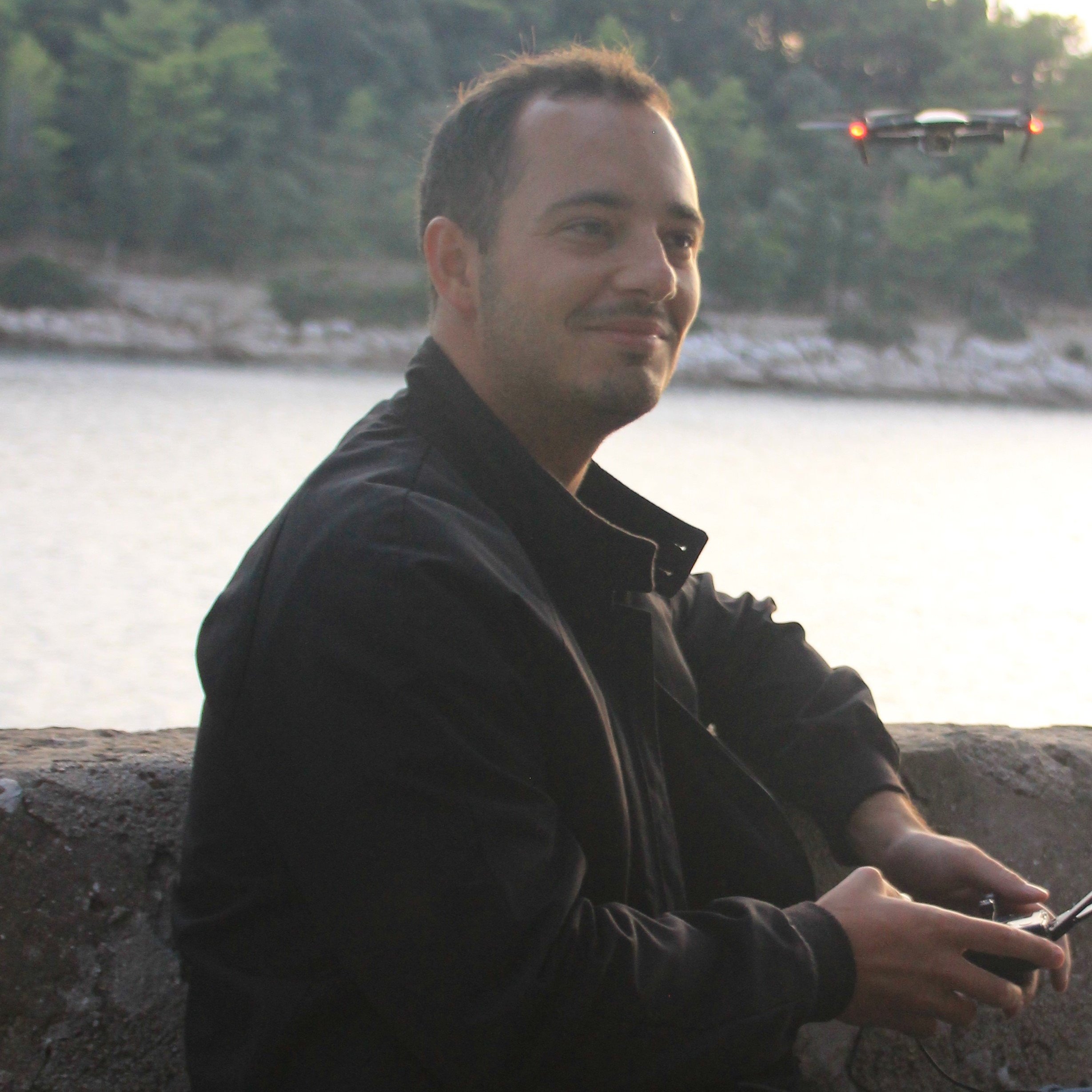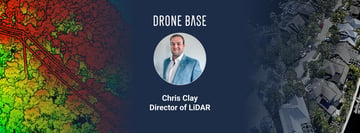With tropical storm Zeta looming in the Atlantic, 2020 has seen one of the most active hurricane seasons in recent history. In addition to strong hurricanes and tropical storms, there have been no shortage of extreme weather events -- from wildfires to tornadoes.
One technology having a positive impact on the response to natural disasters are drones. In this post, we’re going to focus on how drones can help after a natural disaster, from locating missing individuals to speeding up inspections and insurance claims.
Locating Missing Persons Safely
Drones are ideal tools for locating people in missing person situations. They can be launched quickly, cover a huge amount of ground, and then guide the efforts of first responders.
Traditionally, the use of drones in locating missing people has been hindered by two things: flight time and payload quality. In the last couple of years, we’ve seen huge developments in both areas.
Models such as the DJI Mavic Enterprise Dual offer sophisticated thermal imaging capabilities and can stay airborne for over half an hour. The new DJI M300 and Zenmuse H20 provide first responders with a 23x optical zoom camera, a thermal camera, and a laser rangefinder - on top of over 50 minutes of flight time. You get the idea; the latest drones are game-changing tools.
The software matters, too. The use of isotherms from above allows emergency crews to spot certain heat signatures - such as that associated with the human body - with greater ease than before.
One of the greatest challenges during the aftermath of a natural disaster is when searching for survivors in areas that are still too dangerous to enter by foot.
The use of thermal imaging from above can help to locate survivors quickly. But just as important is the health and safety of those doing the rescuing. Drone technology also provides the situational awareness emergency crews need to carry out searches as safely as possible.
Faster Inspections and Insurance Claims Processing
Another post-natural disaster process sped up thanks to drones is the inspection process. Hurricanes, earthquakes, floods, fires, and tornados can leave homes in need of repair and the subject of insurance claims.
Beyond personal property, inspections are often required to secure vital infrastructure such as power and communications lines.
The biggest advantage of using drones for insurance and infrastructure inspections in the wake of a disaster is speed. Getting communications back online is vital for continued emergency efforts.
Getting property owners back to whole is just as important. With a drone, claim investigators can assess damage to structures and rooftops with high-resolution images captured in a fraction of the time it would take to carry out a manual inspection.
This is good news for homeowners - whose claims are processed faster - and for telecoms providers - whose services are so vital during times of emergency.
Preventing Wildfire Reignition
There are plenty of ways that drones are used to combat wildfires, from controlled burns to situational awareness in the absence of manned aircraft. But one of the most important applications is following the aftermath of a fire.
For emergency teams on scene, putting out the fire is only half of the job. It’s also vital that secondary fires don’t start once crews depart.
Hotspots can be hard to detect with the naked eye. Trees and brush can be smoldering at incredibly high temperatures, without appearing to be hot at all. Armed with thermal drones, firefighters can quickly scan the ground to check for hotspots and make sure fires are fully extinguished before leaving the area.
Assisting, Not Disrupting Emergency Response Efforts
All of these applications highlight how drone technology has a positive role to play in emergency efforts. However, it’s not uncommon for these efforts to be disrupted because of drone pilots flying where they shouldn’t. If you usually fly in areas that are hit during wildfire season, be sure to abide by any regulations put in place by first responders and the FAA, such as Temporary Flight Restrictions (TFR's).
For more information on how drones can empower first responders and fight wildfires, check out this article.




.jpg?width=360&name=Banner%20Templates%20(12).jpg)
